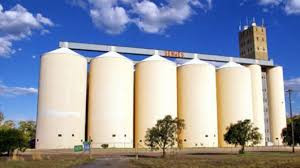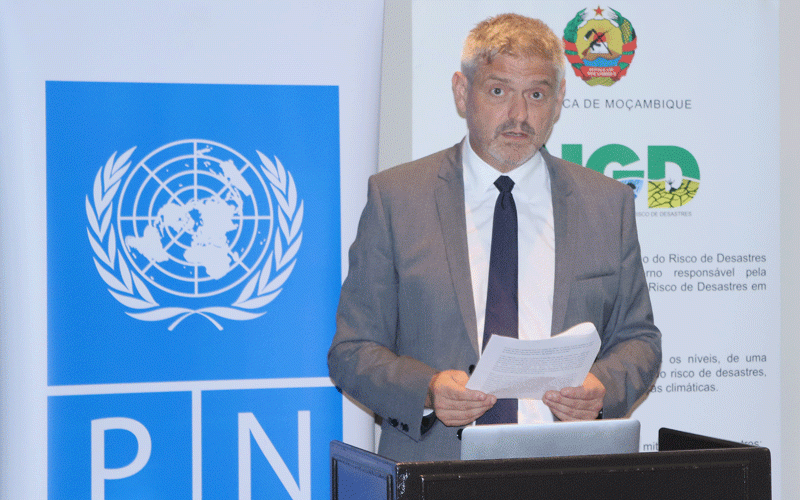
THE Grain Marketing Board’s national grain silo modernisation and expansion project will see its first completed site launched in April from a planned construction of 14 new ones nationally for a cost of US$300 million.
In September 2024, the government revealed that it had started constructing seven new silos across the country to expand GMB’s silo network from the current number of 12.
This project seeks to increase the country’s strategic grain reserves from the current capacity of about 750 000 metric tonnes (mt) to 1,5 million mt.
The project was necessitated by the El Niño-induced drought for the 2023/24 agricultural season that saw reduced crop output.
In an interview with Standardbusiness, GMB agricultural engineering mechanisation and Farm Infrastructure Development chief director Edwin Zimunga said the board had since identified 14 sites to upgrade existing silos and build new ones to meet the 1,5 million mt target.
He said the expansion programme was likely to be finished by 2026, with the first site to be launched this April.
“The project will cost US$300 million for 14 sites. The project is expected to be completed by 2026, with the first site coming online in April, that is Kwekwe. Following this, a new site will be operational every month,” Zimunga said.
“The project aims to add another 784 000mt to the current capacity of 650 000mt, bringing the total to approximately 1,4 million mt with a real target of reaching 1,5 million mt.”
- GMB in US$300m expansion drive
Keep Reading
He noted that upgrades would occur at existing silos in Lion’s Den, Norton, Chegutu, and Concession.
“The construction progress of the new sites is as follows: Kwekwe is at 82%, Mhangura at 45%, Mvurwi at 27%, Mutare at 52%, Rutenga at 19%, Timbermills at 17%, and Lupane at 10%,” Zimunga said.
“Seven more new sites that is Plumtree, Masvingo, Marondera, Gokwe, Guruve, Rafingora, and Bindura will commence work soon after the rains.”
Zimunga mentioned that in terms of post-harvest grain loss, they were aiming for 30% grain savings through the new automated silos.
“The impact of silos on post-harvest maize grain losses varies by region, storage conditions, and the type of silo used,” he said.
“However, quantified studies show that improved storage using these metal silo methods can reduce post-harvest losses to 1–5% (up to 90% reduction in losses), and losses can be reduced to 0,1–2% (almost negligible with proper use).”
He said key loss factors were reduced by silos, which decreased insect damage by up to 98%.
“They keep grain moisture low, reducing contamination by 70–90% from mold and mycotoxins (e.g., aflatoxins), which can be almost eliminated with sealed silo storage,” Zimunga said.
“Farmers using silos can increase sellable grain by 10–25%, leading to higher incomes and a reduced need for chemical fumigation, which lowers costs by US$5–US$15 per tonne stored.”
Zimunga highlighted that the national grain reserve was now set at 1,5 million metric tonnes which served as buffer storage that could sustain the country for a period of 3 years.










